 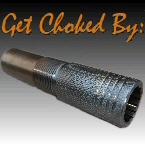  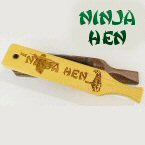 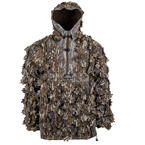 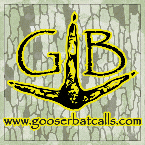 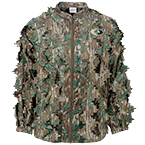 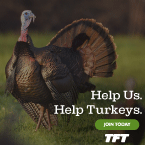 |
Does size matter with TSS?Started by goindeep, March 18, 2025, 03:04:19 PM Previous topic - Next topic
User actions
|
        |
Does size matter with TSS?Started by goindeep, March 18, 2025, 03:04:19 PM Previous topic - Next topic
User actions
|